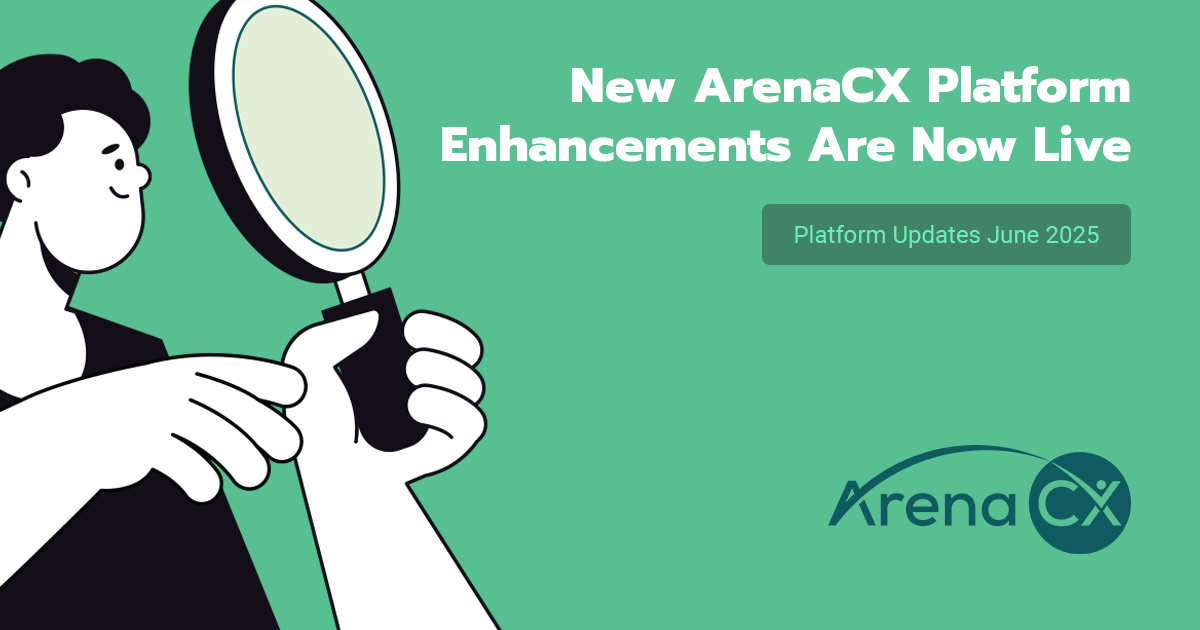This is the fifth post in a series about improving human-bot relations in customer service. See my page to get caught up.
Biology limits our information processing capabilities. Unlike computers that can retain vast amounts of data in working memory, humans get bogged down with too many data points or tasks.[1] Even Einstein — arguably the possessor of one of humanity’s best brains — routinely forgot his own phone number.[2]
As a coping mechanism, we simplify intractable problems by breaking them into smaller parts and applying rules of thumb, mental shortcuts, or decision trees. In data processing parlance, these concepts appear as deterministic models and heuristics that trade-off speed and simplicity for accuracy. But as processing power has increased, these simplifications are becoming less necessary.
Our customer service networks are sometimes very complex. We need to allocate resources across numerous dimensions, such as geography, business unit, product line, customer segment, support channel, case type, resource type, and more. If you want to test the escape velocity of gray matter from a customer service leader’s cranium, ask them to draw this up on a whiteboard as a decision tree. To map out every possible workflow is daunting. It is often not feasible to predetermine the matching of each customer request, in its fully specified state, to the most optimal resource.
So, most companies have simplified. This usually manifests as default resource assignments. For example, one team may handle billing inquiries, another team technical inquiries, and another customer advocacy. This allocation methodology holds regardless of the further granularity available in the dataset, regardless of how much capacity is available on each team, and regardless of performance…in other words, whether it’s working well or not.
But with advances in technology, computers can face enormous complexity head-on. Redundant processing capability is available, with load balancing technology that distributes work to available resources in near-real-time. This is standard practice for network management and cloud-based applications.
If we were to apply this kind of thinking to customer service, we could route incoming cases intelligently to redundant teams using modern load balancing technology. Further, we could route each and every case to the resource that would drive optimal KPI performance. This would eliminate the need for default assignments, reduce latency in the network, and improve overall performance. Our workflow paths might look less elegant but, in return, our KPI charts would be a sight to behold.
This is no longer theoretical. In our work helping businesses optimize their human-powered customer support operations, ArenaCX has broken the deterministic routing model and replaced it with a smart routing technology that matches each case, in all its detail, with an optimal resource. It’s always learning, always driving better outcomes. If you’re still using default route assignments and want to explore this concept, feel free to reach out.
[1] http://www.klingberglab.se/pub/LimitInfoProcessing.pdf
[2] https://blog.bookstellyouwhy.com/10-surprising-facts-about-albert-einstein
Related Articles
Want more? Here are some other blog posts, topics and articles you might be interested in.












